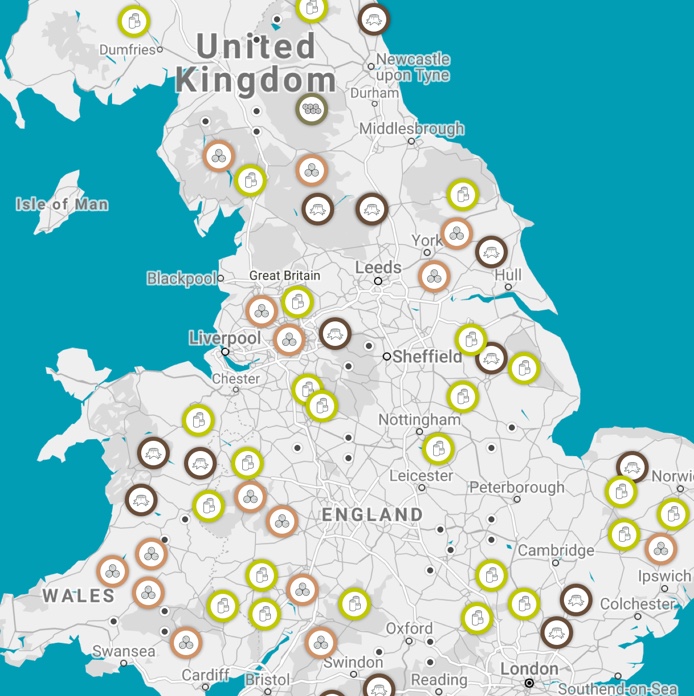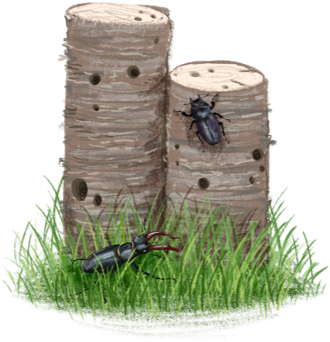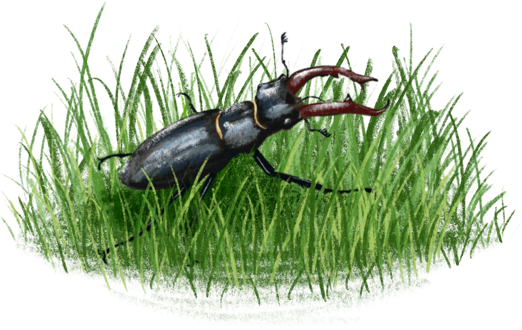Main Menu
Home » About stag beetles
Stag beetles live in woodland edges, hedgerows, traditional orchards, parks and gardens throughout Europe, including Britain, but not Ireland. They are relatively widespread in southern England and live in the Severn valley and coastal areas of the southwest. Elsewhere in Britain, they are extremely rare or even extinct.
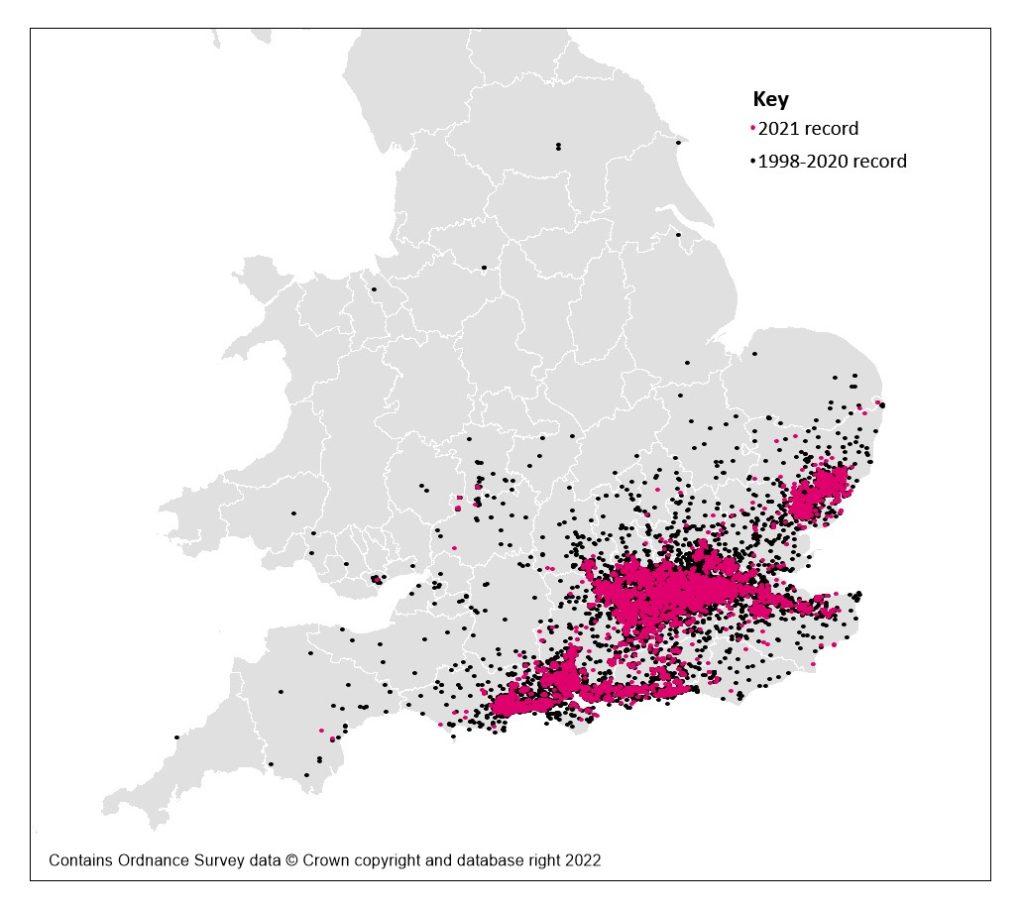
Male stag beetles wrestle or fight other males using their enlarged antler-like jaws and the winner mates with the female.
Although they can fly, females are usually seen walking around on the ground. Once they’ve mated, females return to the spot where they emerged if there’s enough rotting wood to feed their young and dig down into the soil to lay their eggs.
Rotting wood in gardens might come from log piles, tree stumps and old fence posts.
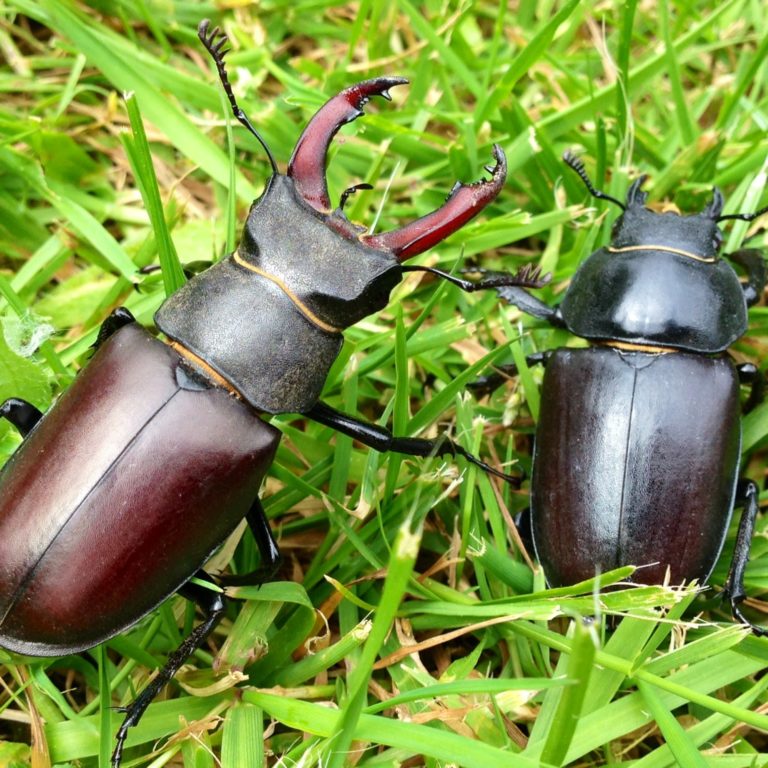
Ross Bower
Larvae feed on decaying wood under the ground. Adults can’t feed on solid food – they rely on the fat reserves built up whilst developing as a larva. But they can use their feathery tongue to drink from sap runs and fallen soft fruit.
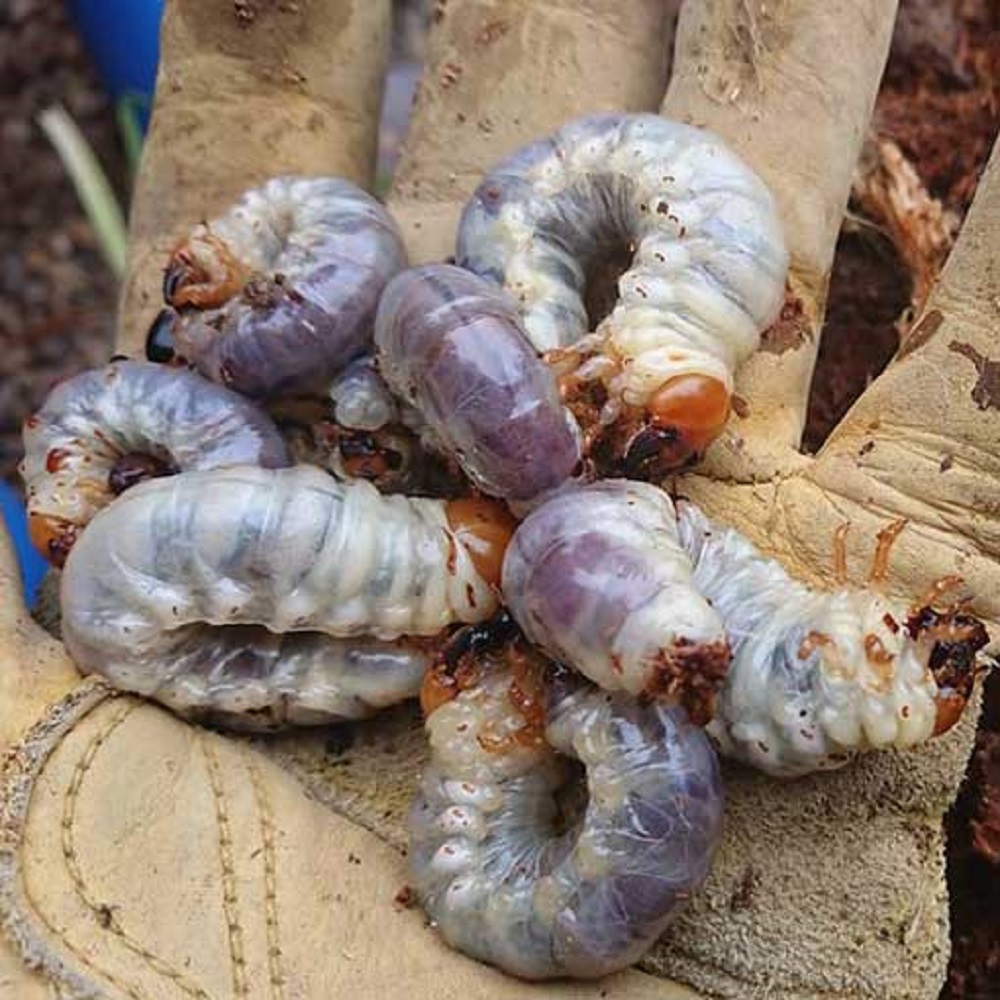
James Wragg
Stag beetles spend most of their life cycle underground as a larva – three to five years depending on the weather. Periods of very cold weather can extend the process.
Once fully grown, the larvae leave the rotting wood they’ve been feeding on to build a large cocoon in the soil, where they pupate and finally metamorphose into an adult.
Adults spend the winter underground and usually emerge from mid-May onwards. By the end of August, most of them will have died. You’re most likely to see adults on warm, sunny evenings in May and June.
Predators such as cats, foxes, crows, kestrels tend to strike at the most vulnerable stage in the beetle’s life cycle, when adults are seeking to mate and lay eggs. Though this is largely natural predation, the rise in the numbers of magpies and carrion crows in the last decade may be having an impact on stag beetle populations.
The biggest threat to stag beetles is habitat loss. Many of the large open spaces in our towns and cities have gone. Development will continue to reduce stag beetle habitats, but increased awareness of their existence can help.
Tidying of woodlands, parks and gardens removes deadwood habitats which is the larval food source. Tree surgery operations such as stump-grinding of felled trees also removes a vital habitat for the beetle. Although these practices continue, woodland and park managers are now much more aware of the need to retain dead and decaying wood as part of the ecosystem.
Humans are also a threat to stag beetles. Adult beetles like to the warm surfaces of tarmac and pavements where they’re vulnerable to traffic or feet. And some are killed deliberately because they are seen as dangerous or pests. Stag beetles are harmless and don’t damage living wood or dry, treated timber. The larvae only feed on decaying wood so please don’t kill them.
Stag beetles are legally protected from sale in the UK. They are also classed as a Priority Species for Conservation under Schedule 5 of the Wildlife and Countryside Act 1981. These magnificent beetles are Red listed in many European countries and have undergone a decline across Europe. They have gone extinct in Denmark and Latvia, although there’s been a successful reintroduction into one site in Denmark in 2013.
